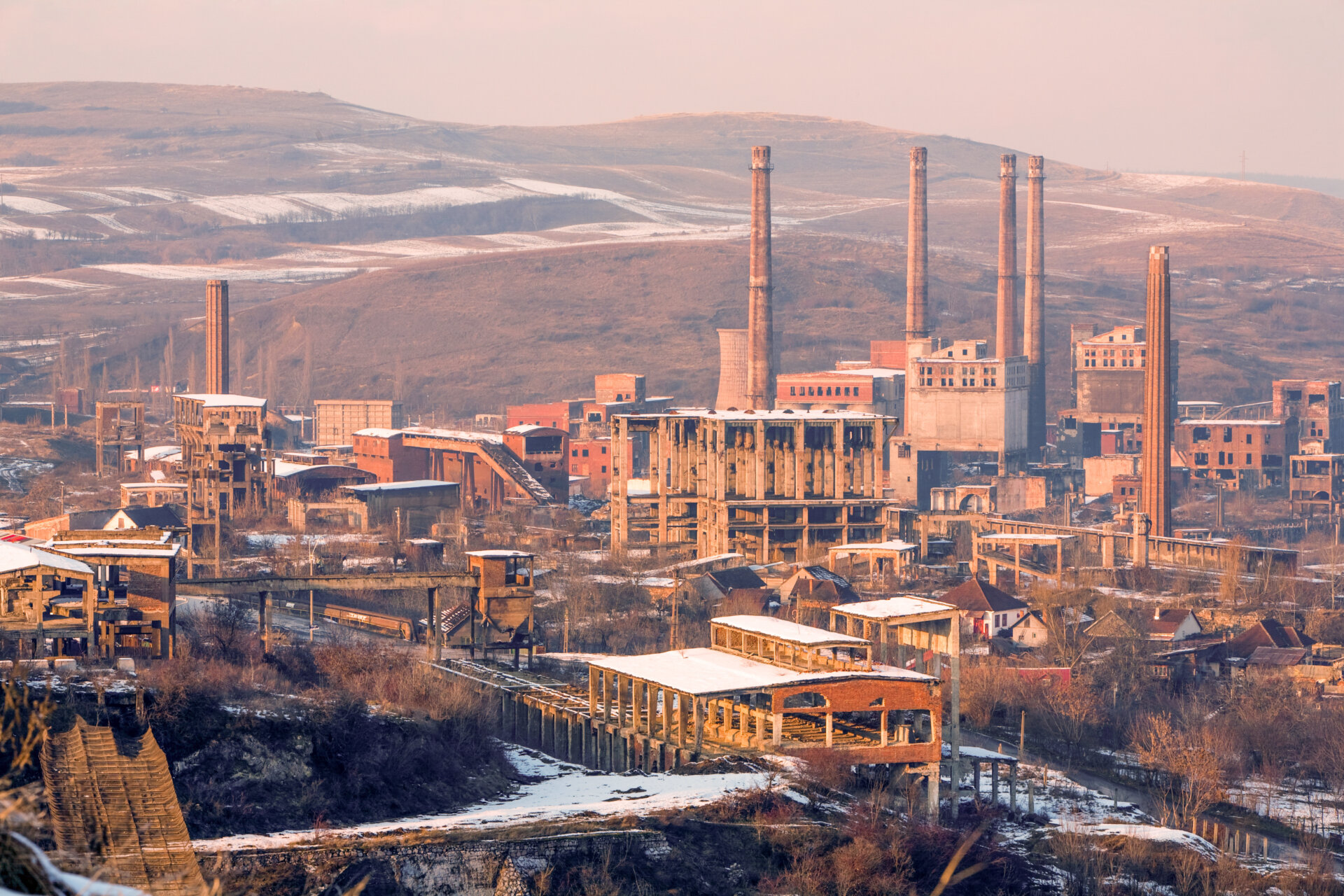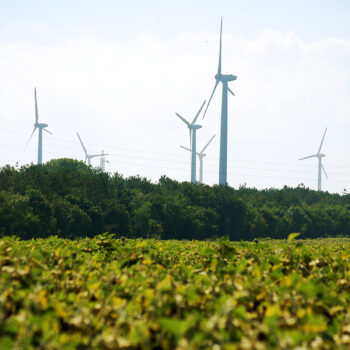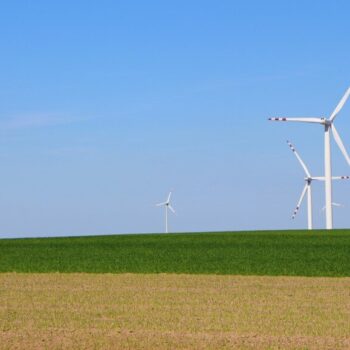The European Union (EU) is accelerating its climate action and industrial policy. Done correctly, this acceleration could lead to “green growth” that creates sustainable, well-paid jobs across the continent. However, the emerging policy approach does not respond to the needs of industrial transformation in Central and Eastern European (CEE) member states. Unless these failings are addressed there is a risk of a two-speed transition, undermining EU economic convergence and even endangering the successful decarbonisation of European industry.
Catching up economically while greening their large industries creates opportunities and challenges for CEE countries. Their “factory economies” based on cheap labour and technology transfer can be replaced by pursuing an accelerated industrial transformation, focused on innovation and reskilling. Strategic planning, based on comparative advantages in developing and implementing new technology, can help smooth the way to long-term economic growth. The EU has recently toughened its decarbonisation targets for the industrial sector. The revision of its Emissions Trading Systems leaves industrial emitters more exposed to the carbon price. As these industries are significant employers in CEE countries, private and public investment is needed to prevent a disorderly decline.
The EU’s Green Deal Industrial Plan (GDIP) could benefit CEE countries, as the region is home to a flourishing clean technology manufacturing sector that is ripe for investment. The Polish–Slovak–Czech “heat-pump valley” and the Polish–Hungarian lithium-ion battery industry are leading examples. However, with GDIP relying on national subsidies, there is a risk CEE countries may be outspent by larger EU states.
There are examples of best practice in the region. Slovakia has included heavy industry in its decarbonisation vision, is mobilising funds for industrial decarbonisation projects, and enhancing capacity for monitoring spending. But overall, companies in CEE countries have too few concrete projects for industrial decarbonisation.
This report identifies national and EU-level barriers that need to be addressed to facilitate industrial transformation in CEE countries and capitalise on their strengths. The main challenges relate to long-term strategic planning, misuse of funding, and inequitable outcomes for EU programmes.
Recommendations for national institutions
Governance
- Develop comprehensive industrial decarbonisation strategies consistent with pathways for reaching climate neutrality by mid-century.
- Strengthen administrative capacity to facilitate design and implementation.
- Develop stable regulatory frameworks to provide certainty for businesses.
Funding
- Better operationalise national spending plans for industrial decarbonisation, taking into account potential cleantech manufacturing deployment, and the need to increase domestic innovation and workforce capacity.
Regional cooperation
- Improve regional cooperation on strategic planning and developing industrial clusters.
Recommendations for EU institutions
Governance
- Provide targeted assistance for strategic planning and administrative capacity. The upcoming review and revision of the Governance Regulation could expand the reporting obligations under the NECPs to better account for industrial transformation and introduce national granularity in the presentation of modelling results and impact assessments.
Funding
- Improve the geographical balance of support instruments for innovation such as the Innovation Fund and IPCEIs.
- Ensure that STEP-coordinated funding is easy to access and distributed fairly, based on fiscal capacity criteria accompanied by robust environmental and social conditionalities.
- Ensure that the post-2027 Multiannual Financial Framework focuses more on climate funding and cleantech innovation, while incorporating green public procurement standards into cohesion instruments.
Regional cooperation
- Establish a dedicated high-level platform to improve regional cooperation on industrial policy, similar to the high-level initiative for Central and Southeastern Europe energy connectivity (CESEC).


